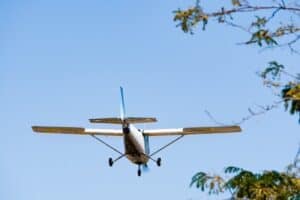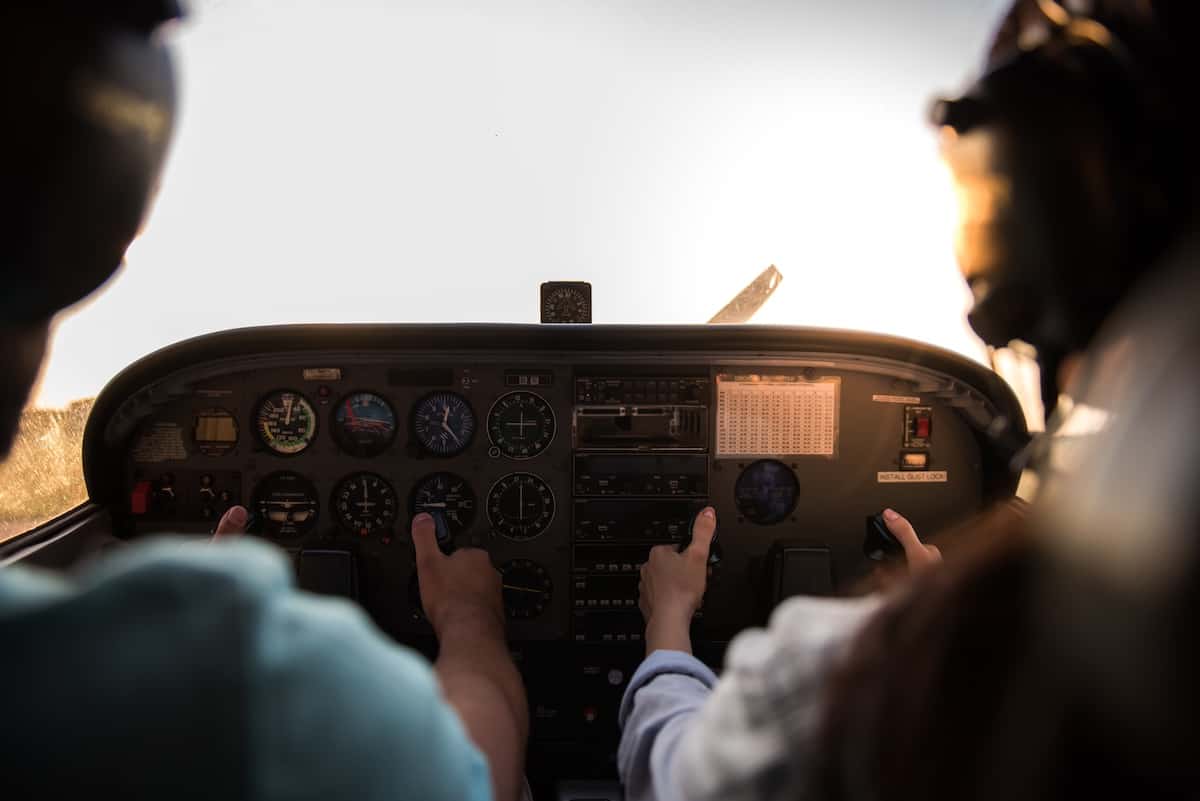Safety flight testing is a critical phase in the development and certification of aircraft, ensuring that they meet stringent safety standards before entering commercial service. These tests assess various aspects of an aircraft’s performance, handling characteristics, and systems functionality under different flight conditions.
In this blog post, we’ll delve into the comprehensive process of safety flight testing, examining its importance, key stages, and the role it plays in ensuring air travel safety.
Understanding Safety Flight Testing
Safety flight testing, also known as flight certification testing, involves a series of rigorous evaluations conducted on prototype or newly developed aircraft.
The primary objective is to validate the aircraft’s design, systems, and performance parameters to ensure compliance with regulatory requirements and industry standards.
These tests are carried out by highly skilled test pilots and flight test engineers who meticulously analyze data collected during flight trials to assess the aircraft’s safety and airworthiness.

Key Stages of Safety Flight Testing
- Ground Testing and Simulation: Before taking to the skies, aircraft undergo extensive ground testing and simulation exercises. This phase involves static and dynamic tests to validate structural integrity, systems functionality, and aerodynamic performance. Advanced simulation tools are used to simulate various flight scenarios and assess the aircraft’s behavior under different conditions, providing valuable insights for the upcoming flight trials.
- Pre-Flight Checks and Instrumentation: Before each flight, thorough pre-flight checks are conducted to ensure that the aircraft and its systems are in optimal condition. Instrumentation, including sensors, data recorders, and telemetry systems, is installed to capture critical flight data such as airspeed, altitude, engine parameters, and control inputs. These instruments play a crucial role in monitoring the aircraft’s performance and behavior during flight testing.
- Envelope Expansion Testing: The initial phase of flight testing focuses on expanding the aircraft’s flight envelope, which refers to the range of flight conditions within which the aircraft can safely operate. Test pilots gradually push the boundaries of the aircraft’s performance by conducting maneuvers such as stalls, dives, turns, and climbs to assess its stability, control responsiveness, and handling characteristics across different flight regimes.
- Systems Integration Testing: As flight testing progresses, emphasis is placed on evaluating the integration and functionality of various onboard systems, including propulsion, avionics, flight control, and navigation systems. Test flights are conducted to validate system performance under normal and abnormal operating conditions, including simulated failures or malfunctions, to ensure that redundant systems and safety features function as intended.
- Performance and Certification Testing: The final stages of safety flight testing focus on verifying the aircraft’s performance parameters and compliance with regulatory requirements for certification. Test flights are conducted to assess takeoff and landing performance, climb rates, cruising speeds, range, endurance, and fuel efficiency. Additionally, specific tests may be conducted to evaluate aircraft behavior in adverse weather conditions, icing conditions, or high-altitude environments.

Role of Safety Flight Testing in Ensuring Air Travel Safety
Safety flight testing plays a crucial role in mitigating risks associated with new aircraft designs, technologies, and operational procedures.
Through rigorous testing, engineers can assess the aircraft’s response to various scenarios, ensuring its ability to handle unexpected challenges in real-world situations.
Additionally, safety flight testing allows for the validation of safety-critical systems and emergency procedures, enhancing overall flight safety and preparedness.
These efforts contribute to the aviation industry’s ongoing commitment to prioritize passenger safety and ensure the reliability of air travel.
Common Flight Test Requirements
Common flight test requirements encompass a range of parameters and scenarios that aircraft must undergo to ensure their safety and performance.
These requirements often include evaluations of takeoff and landing performance, stall characteristics, flight stability and control, high-speed handling, and emergency procedures.
Additionally, flight tests may involve assessments of aircraft behavior in adverse weather conditions, icing encounters, and system failures.
By fulfilling these requirements, aircraft manufacturers and regulatory agencies can verify the aircraft’s compliance with established standards and certify its airworthiness for commercial operation.

Safety Flight Testing with FMS Aerospace
In conclusion, safety flight testing is an indispensable phase in the development and certification of aircraft, serving as a critical safeguard for air travel safety.
Through meticulous evaluation of aircraft performance, systems functionality, and handling characteristics, safety flight testing ensures that aircraft meet stringent safety standards and regulatory requirements before being cleared for commercial operation.
As aviation technology continues to advance, the importance of rigorous and comprehensive safety flight testing remains paramount, underscoring its role in enhancing the safety, reliability, and efficiency of air travel for passengers and crew alike.
Collaborating with industry leaders such as FMS Aerospace ensures that safety flight testing is conducted with the highest standards of quality and precision, reinforcing the commitment to delivering aircraft that meet the highest safety standards and instilling confidence in the aviation industry and the traveling public.
Contact our team to learn more about our flight test process.

